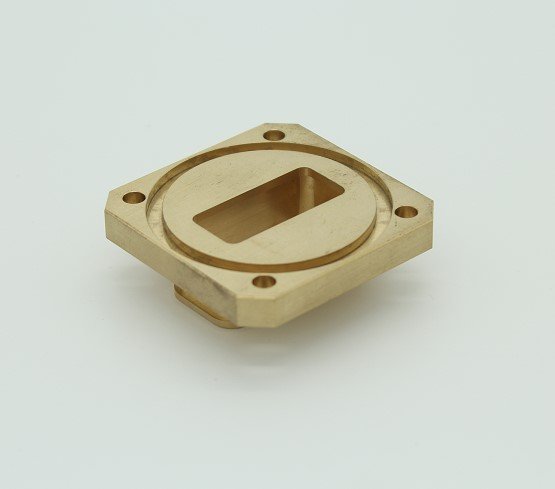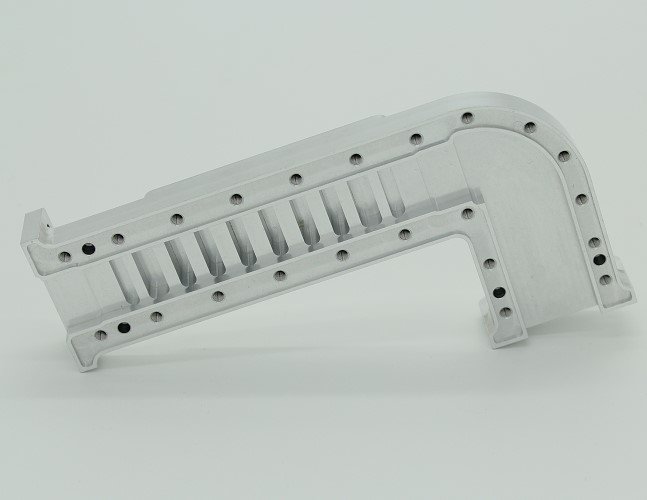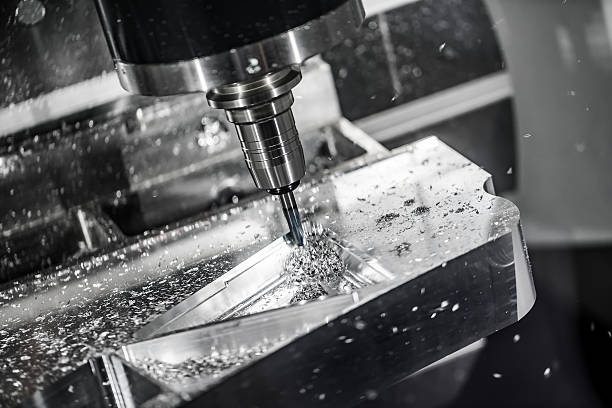The telecommunication sector as we see today is not same as it was few centuries back. A lot of advancements and research has been done to improve the way we communicate and interact with each other. It basically started in 1830 when telegraph was invented which is claimed to be as a first communication device based on mechanical methods. It lessened communication from days to hours but not made it the easiest option available for communication as modern cell phones do.
Conventional marketplaces are now entirely revolutionised by the progress of mobile and internet sector outperforming the robust connections and old methods of communication. It not just replaces telephones with mobile phones but also replaced landline calls with wireless calls made in seconds without any delay or lag.
This industry revolutionised itself from the use of telegraph till mobile phones after a lot of research and hard work done by people. The inventions broadened the scope of this industry. And more and more people started engaging themselves in this sector to make profit. We witnessed this as we shifted from telephone to radio to computer and so on. These advancement and progress that humans made in this particular sector sets up our living standard in which we dwell today.
Communication Industry in Modern Era:
Automation is now found in every sing sector of industry and it is observed virtually everywhere to fabricate parts as simple as gears and levers or as intricate as aircraft and surgical parts. Industries like aerospace, aviation, automotive, consumer electronics, defense, health and medical, oil and gas have employed the use of CNC machines to increase productivity, efficiency and revenue of their firms drastically. For instance, metal components in vehicle and aircrafts requires high accuracy and precision to ensure safety features of the manufactured parts. This issue can be resolved by broad range of alternatives provided by CNC machine to engineers to ensure safety critical use of such parts.
According to the data and statistics available it shows that telecommunication industry is predicted to grow annually from 2019 till 2024. All the countries are investing in it and pandemic has also increased the dependency of people on internet and mobile services. Provisions that will be invested in telecom sector globally is predicted to grow by 1% in 2021 in comparison to previous year mainly because of the pandemic.
With the fast development of communications technology, the equipment manufacturers constantly put forward new requirements for new materials and new technics to keep up with the times. In response to these changes, our CNC machining industry are also exploring the characteristics of new materials and new processing techniques. We have accumulated a lot of knowledge and experience in the field of antenna, communication line and base station, which lays a solid foundation for assisting communication equipment manufacturers to develop new products.
Key Segments of Communication Industry
There is a widely growing network of companies and market share for telecommunication industry. It is necessary that we understand how this industry works, what are the main domains in which it can be categorized in term of services that can provided or gained from it.
- Equipment used in telecom
- Services provided by telecom
- Wireless communication
To be more specific, these domains are further categorized into sub domains as follows:
- Wireless network
- Communications tools
- Processing arrangements and goods
- Carriers for long distance communication
- National telecommunication services
- International telecommunication services
- Expanded telecom facilities
As is known to all, Huawei is developing very fast in recent years and we’ve been working closely with them to make various cnc parts. Below are some parts we made for them which are used in the signal towers, and the demand is quite big each month, we spared 15 machines to make only their parts with 24hours operating.



Below are some aluminum parts we made for them, which are all quite high-precision part. Actually Qualcomm has been looking for different China cnc suppliers and tried out many of them for samples, but all they failed, and it’s our big pleasure to be selected to make their parts finally.



CNC Machining Materials in Communication Industry
Telecommunication industry is seen as the future and it is considered as an evolving enterprise for economies around the world. Many countries are spending their investment in mobile phone industry like America, China and India. These countries are trying their best to meet the consumer rising demand and this is possible by making the manufacturing processes optimised and automatic. This is done by using CNC machines and software for fabrication of parts.
Below let us discuss the materials that are mainly used in communication industry.
Copper
Most widely and traditionally used material used in communication network in wires and cables is copper. These are used because they provide high ductility, low hardness and it is a very good conductor. Its properties in terms on conductivity are very similar to silver and it is considered as a high grade and quality cable if it’s made from copper.
Aluminum
It is another metal that is used for manufacturing communication wires and cables. It is also a good conductor as copper but its cost is lower than copper so it can be used as an alternative in some industries where money matters more. Aluminium has high strength and low ductility which make it an ideal material for networking purposes.
Beryllium Copper
It is a combination of copper and beryllium which provides strength and ductility. It is used in the communication industry where there is a need for harder wires than normal. Due to its hardness, it can withstand more strain and pressure than other materials. So, it is often used in high-traffic areas like high-density cables and connectors.
Brass
Brass is an alloy made up of copper and zinc. It is softer than beryllium copper but it has excellent conductivity and flexibility which makes it ideal for communication purposes. Brass has low strength and ductility so it cannot be used in heavy-duty applications. But, its cost is lower than other materials so it can be used in less intensive areas.
Plastic
Plastic is one of the most commonly used materials in the communication industry. They come in varying densities and can be molded into different shapes to suit specific needs. Plastics are lightweight and very durable which makes them ideal for wiring applications. Also, they can be used in combination with other materials to provide more strength and flexibility.
Steel
Steel is also used in communication industries mostly in the form of wires. It provides high tensile strength and hardness which makes it an excellent choice for wiring applications. Its properties make it ideal for industrial purposes such as telecommunication, electrical appliances and other networking components. Steel also has low ductility which makes it resistant to abrasion and corrosion.
These are the main materials used in communication industry in terms of CNC machining. CNC machining also play a vital role in communication industry by providing detailed electrical modules which aids rapid demand in industry. Telecommunication and electronic equipment are manufactured with excellence with the application of CNC machines, in the process to optimize manufacturing practices. It gives the best results and allows the manufacturing of intricate and complex parts. These complex designs are easy to fabricate by the use of advanced and inventive processing expertise and equipment.
With the evolution in telecom sector and communication industry, CNC processes require nonstop upgrading to help mobile industry to grow rapidly and move from 3G to 5G completely. To stay relevant and updated with the advancement in technology all the parts and equipment manufactured by CNC machines requires continues modifications.
Benefits of Using CNC Machining for Communications
CNC machining offers several benefits for use in the communications industry. It is a highly efficient and cost-effective way to produce precision components that can be used in a wide range of communication products, such as antennas, RF connectors, switches, and more. CNC machining can help manufacturers reduce costs associated with product development by reducing waste associated with traditional manual machining. It also offers greater accuracy and consistency in product designs, as well as improved quality control compared to traditional methods.
Additionally, CNC machining can increase production throughput by reducing setup times and providing faster turnaround times for components. Finally, CNC machining is highly scalable, making it ideal for any size application or project. In short, CNC machining is an invaluable resource for the communications industry.
By utilizing CNC machining, manufacturers can confidently produce high-quality components with increased accuracy, precision, and consistency compared to traditional methods. This leads to improved quality control and reduced costs associated with product development. Additionally, it increases production throughput while providing faster turnaround times for components.
In short, CNC machining is an invaluable resource for the communications industry. With its cost-effective and efficient process, it offers a wide range of benefits that are sure to improve both production costs and overall product quality.
Conclusion:
To support the rapid evolution and change in communication and telecom industry worldwide, CNC machining plays a very important role. CNC machining accurately fabricates important machine components because all the telecommunication industries depend on high quality parts used in equipment and mobile towers. Low quality mostly leads to failure in equipment which causes huge losses for a company and interference in communication. Client’s demand to make their products and services with the help of CNC machine. In order to fabricate complex shapes, custom specifications with restricted tolerances, CNC machines are used.


